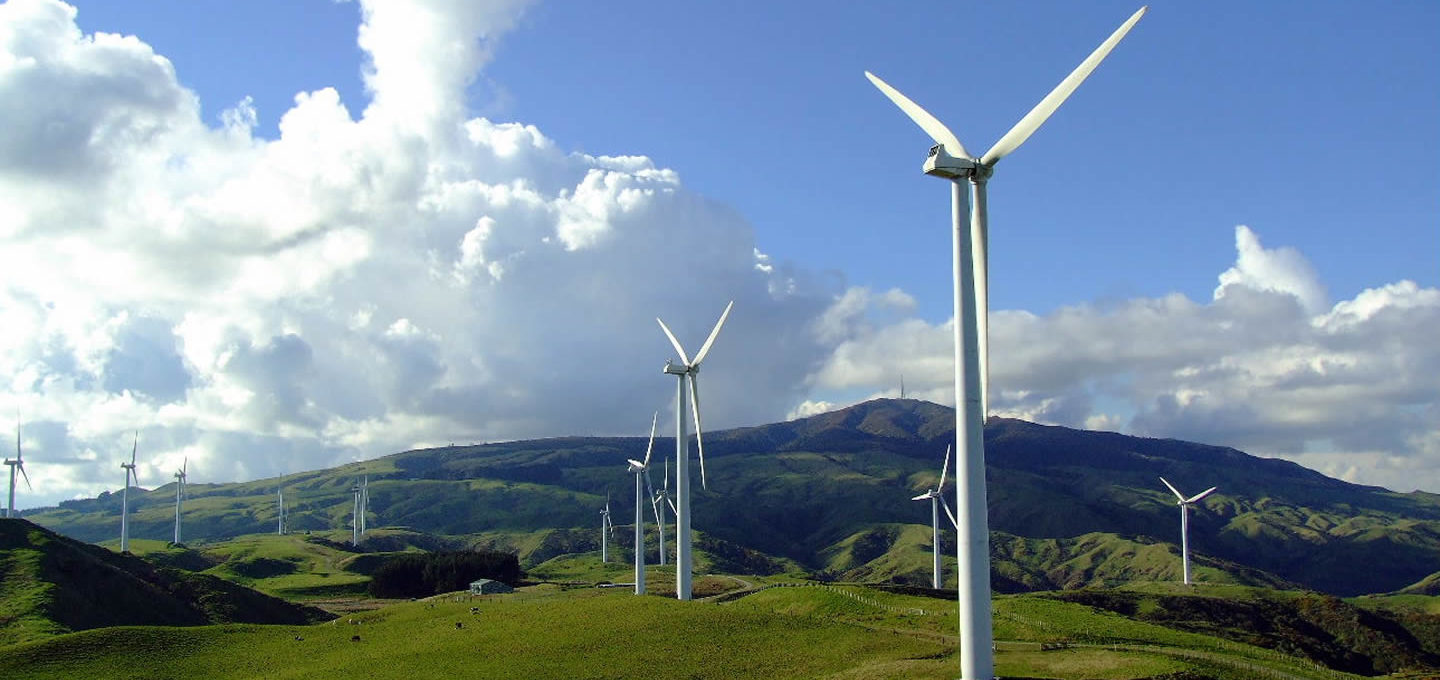The trend in energy production is a shift from the fossil fuels that have driven industry for the last century, to renewable sources that do not add to climate change. Wind farms are replacing coal power plants, and electric cars are starting to be a common site on our roads, but what about the services we use for our online lives, how green are they?
It takes a lot of energy for Google to find the relevant information, Facebook to keep us in touch with our friends, and Netflix to stream us the latest movies. It is estimated that server energy consumption account for approximately two percent of global greenhouse emissions worldwide. This may not be much compared to the 26 percent from transportation (including road, rail, and air travel), and 21% from industry, but it is s significant source that is worth investigating if you are trying to reduce your impact on our planet.
The scale of firms like Google and Facebook mean that they can invest in economies of scale in trying to reduce their carbon footprint. Indeed, Google’s £400 million acquisition of UK-based artificial intelligence firm DeepMind has already started to pay for itself, with the machine learning algorithms allowing the search giant to cut its server farm energy consumption by 15 percent by predicting data consumption trends and resultant cooling needs.
To put it in perspective, Google’s energy consumption is about on par with that of the country Laos, but the company has managed to keep its carbon footprint relatively stable for the last six years despite increasing its computational abilities by 3-4 times by investing in ever more efficient hardware and software.
Other tech firms have taken different approaches to the problem of climate change, with Amazon focusing more on reducing its carbon footprint by owning its own electricity generation. This has resulted in the relatively standard practice of adding solar panels to the roofs of many of the company’s buildings, but also larger project like the creation of wind farms that will generate more than 1,000,000 MWh in entirely carbon-free energy every year.
Elsewhere, smaller tech firms that outsource their hosting needs but still want to limit their impact on the environment are increasingly looking to green webhosting firms like GreenGeeks, where each plan is backed by a 300% renewable energy commitment. This means that they will replace, with wind power credits, three times the amount of energy each website uses.
Not all the energy savings can be found at the server farms, however, as consumers can also help reduce their impact on the environment with a few simple tweaks. Laptops and PCs continue on their path towards improved efficiency, but we should all be more careful to make sure we fully switch off our devices overnight when they are not in use. Moreover, smart meters in the home can make you more aware of the energy you are using, which can help give the push you need to reduce your usage and environmental impact.
Photograph by Jondaar

